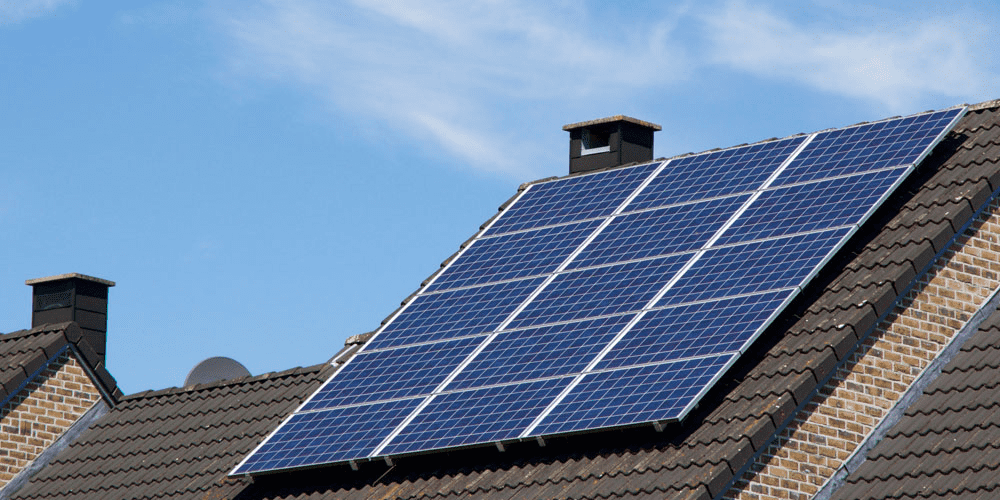How solar panels produce electricity
Wondering what solar panels actually do? Learn how they turn sunlight into usable electricity for your home — and why they work so well, even in Ireland.
- What do solar panels actually do?
- The basic science behind solar electricity
- What happens when it’s cloudy or overcast?
- From panel to plug: the full solar power journey
- What is an inverter and why is it important?
- What happens to excess electricity?
- Can I use solar electricity at night?
- Find out how solar panels could work on your home
Get solar panel quotes and advice now
What do solar panels actually do?
Solar panels turn daylight into electricity. They do this using photovoltaic (PV) cells, which generate an electrical current when exposed to sunlight.
This electricity can then be used to power your home — reducing your reliance on the national grid and helping you cut your energy bills.
The basic science behind solar electricity
Solar panels are made up of layers of silicon cells. When daylight hits these cells:
- Photons (light particles) knock electrons loose in the silicon
- This movement creates a direct current (DC) of electricity
- The current flows through the system and is converted into usable power by an inverter
It’s called the photovoltaic effect, and it’s the same principle that powers solar-powered calculators — just on a much larger scale.
What happens when it’s cloudy or overcast?
Good news — solar panels don’t need full sunshine to work. They generate electricity from daylight, not heat or direct sunlight.
In Ireland, where cloudy days are common, solar PV systems can still produce a substantial amount of electricity. Output may be lower than on a bright summer day, but your system will continue to generate power year-round.
From panel to plug: the full solar power journey
Here’s what happens once your panels start generating electricity:
- Panels generate DC electricity during daylight hours
- The inverter converts DC to AC (alternating current) — the kind your home uses
- The power flows through your fuse board to your lights, appliances, and sockets
Any unused electricity can be:
- Stored in a battery (if you have one)
- Sent back to the grid (and potentially paid for through the Clean Export Guarantee)
- Used to heat water via an immersion diverter
What is an inverter and why is it important?
The inverter is the brain of your solar system. It transforms the raw electricity generated by your panels (DC) into the type your home can use (AC).
Without the inverter, your solar panels wouldn’t be able to power anything inside your home. Most inverters are wall-mounted units installed in a utility room or attic.
Some modern systems also include smart inverters, which monitor energy production and usage — giving you real-time insights into how much power you’re generating and saving.
What happens to excess electricity?
If your panels produce more electricity than you need, you have a few options:
- Export it back to the grid and get paid under the Clean Export Guarantee (CEG)
- Store it in a battery for use later, such as in the evening
- Redirect it to your water tank with a solar diverter to heat hot water
Your installer can help you choose a setup that matches your home’s energy use and goals.
Can I use solar electricity at night?
Not directly — solar panels only produce electricity during the day. But if you install a solar battery, you can store any surplus electricity and use it later, such as in the evening or early morning.
Without a battery, your home will automatically switch back to grid electricity when the sun goes down.
Find out how solar panels could work on your home
Understanding how solar panels produce electricity is a great first step — but the real benefits come when you see how much you could save on bills and carbon emissions in your own home.
At Solarpanels.ie, we connect Irish homeowners with trusted local solar installers. Get personalised quotes, advice on panel types, and find out how solar power could help you take control of your energy.


